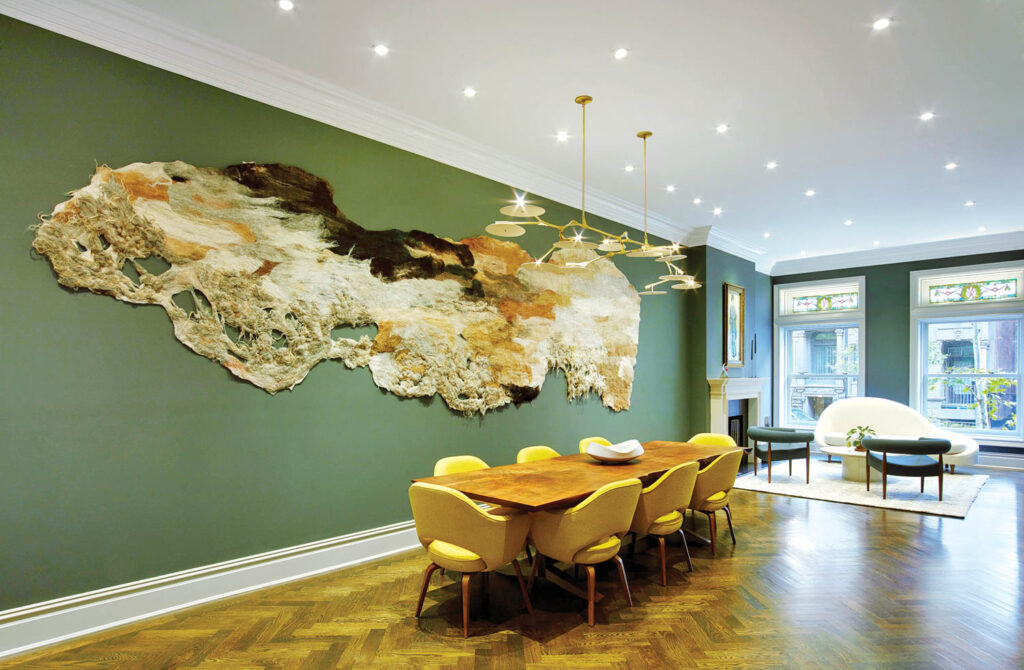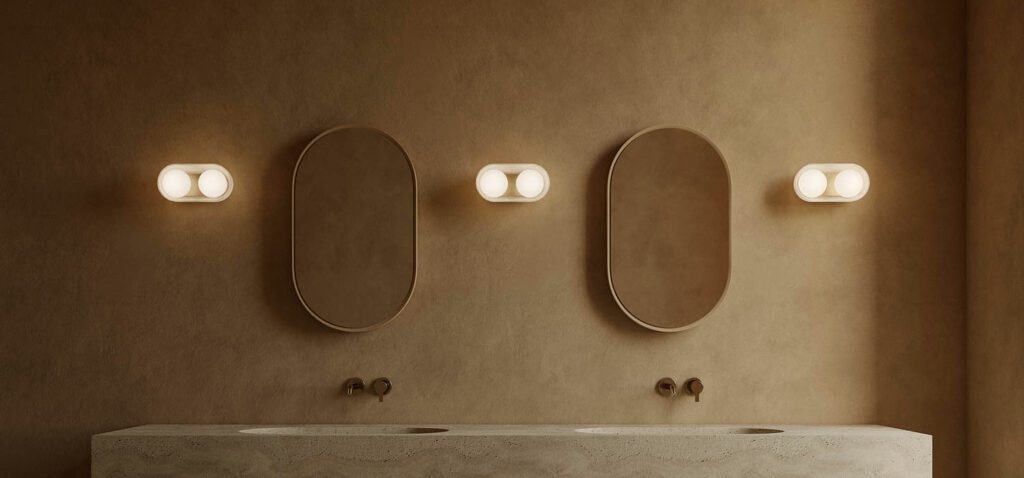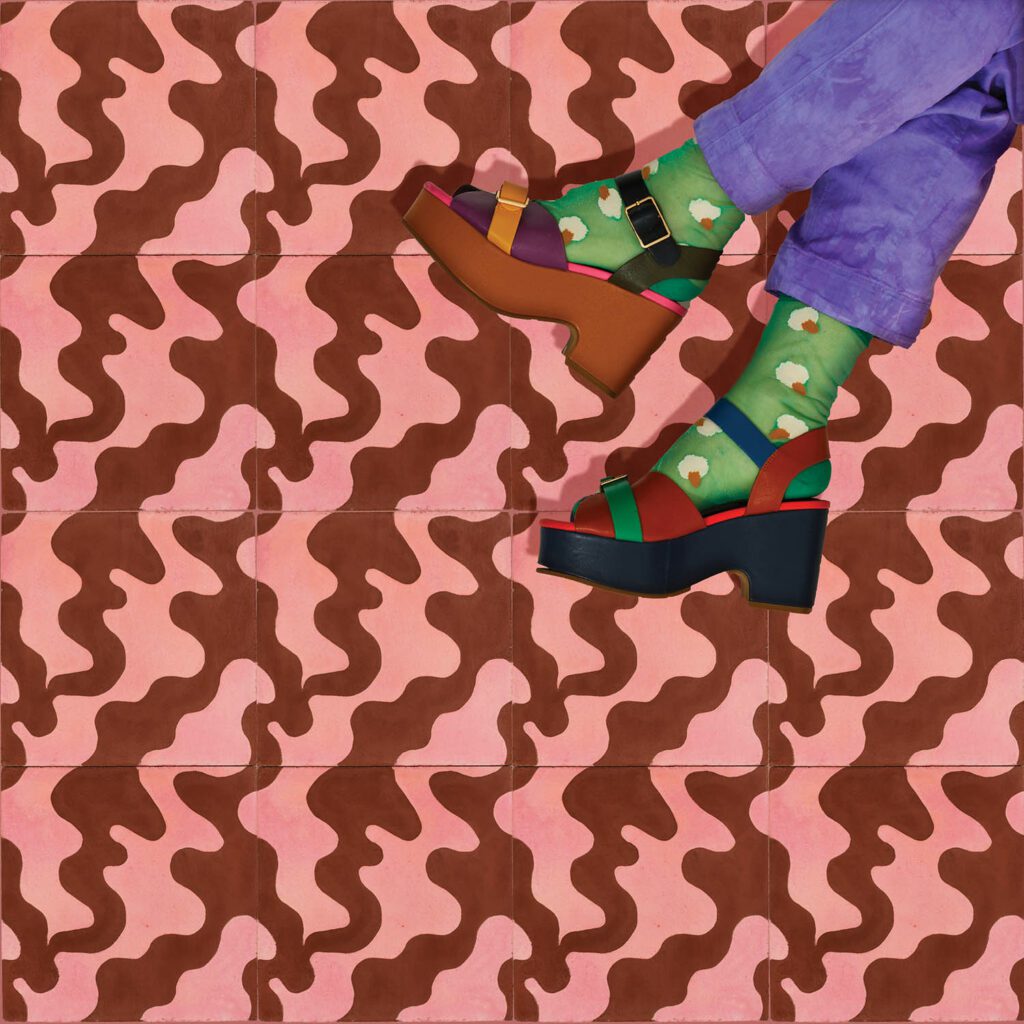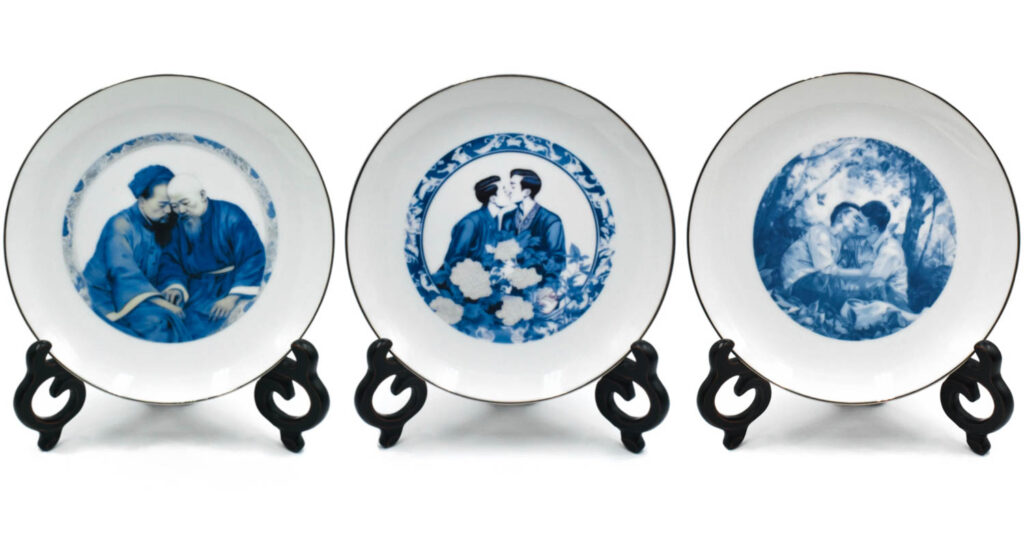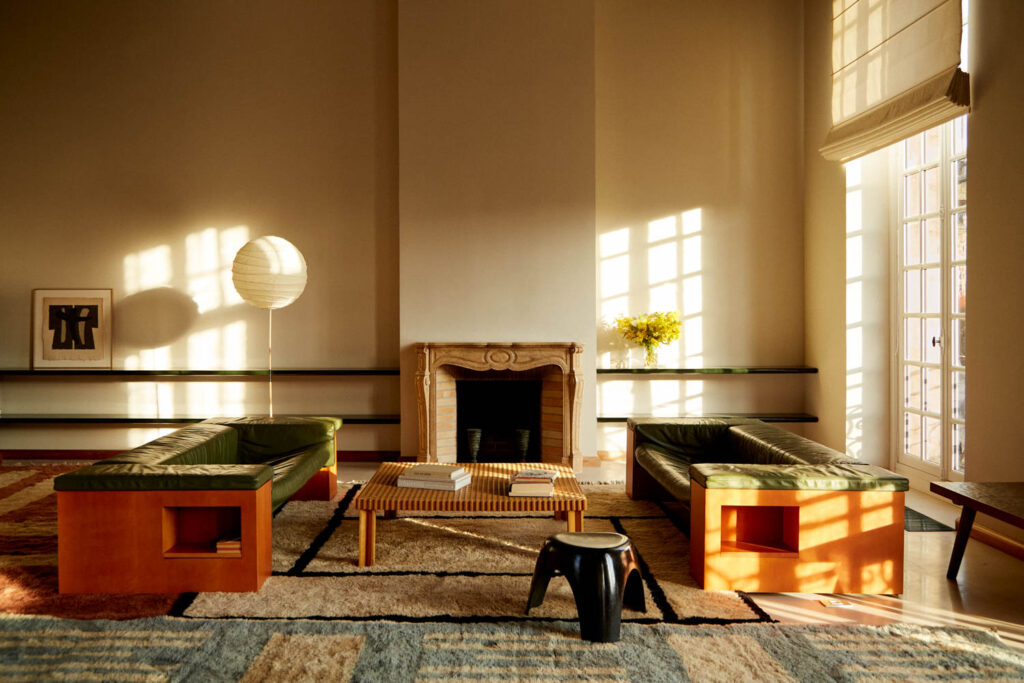
10 Questions With… Designer and Stylist Colin King
Colin King is ubiquitous right now, and for good reason. The interior stylist and creative director’s particular brand of organic and earthy yet sophisticated modernism has permeated every corner of contemporary design: he’s styled advertising campaigns for the likes of Zara Home, Roman and Williams Guild, West Elm, and Anthropologie, plus countless magazines. He also just launched his first book and is plunging into product design with a host of new collections across genres.
King grew up on a farm in Ohio and is a classically trained dancer (who once trained Taylor Swift!) and his work has a dancer’s understanding of poise, forms in space, and the power of stillness and movement (he’s particularly partial to evoking the sense action happening off frame, such as an elegantly undone scene that looks as if someone has just left the room). His intuitive creative approach is informed by a deep interest in art history and a love of the constant cycle of renewal seen in nature. If his work had to be summed up in a single word, it might be “elegiac.” Interior Design chatted to King about his new collections for Beni Rugs and Troy Lighting, first-ever book, and much more.
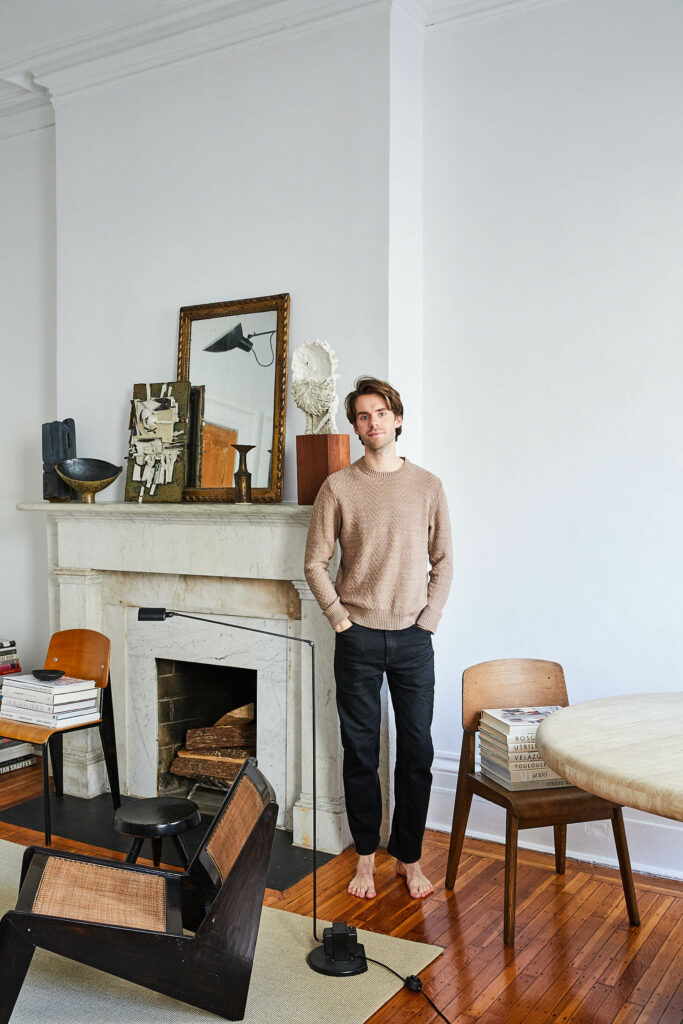
Get to Know Designer and Stylist Colin King
Interior Design: What is your approach to styling?
CK: My favorite spaces feel “un-styled”—not too contrived or put together. I appreciate it most when a room feels loose in a way, like if a pillow isn’t perfectly placed and it almost feels like someone was just there. I’m much more drawn to imagery and spaces like that than I am a very “perfect” look.
ID: You are artistic director at large at Beni Rugs. What sparked the latest collection?
CK: This collection is called “A Study on Balance,” and it’s inspired by the Japonisme movement during the mid-19th century when Japan opened its borders and the west, especially Paris, experienced a flood of inspiration coming in from the country. It was almost like me looking through the eyes of a Parisian and experiencing Japan for the first time. Japonisme is a made-up word and I only learned of it when I was curating a show at Demisch Danant, a French gallery in Greenwich Village. We partnered with a Japanese textile collector and he and I paired rare indigo-dyed cottons and folk fabrics with French modern furniture, finding through-lines of minimalism and composition and craftsmanship. When I was designing for Beni that was front of mind for me: the parallels between age-old traditions. The Japanese craftsmanship that inspired these French modern architects and designers, and which they incorporated into their interiors, reflects the same tenets found in Beni’s Moroccan weaving: a relationship to nature and the environment, the use of natural materials, and tradition.
ID: Your first book, Arranging Things, was recently released. Tell us more!
CK: It’s funny because now when I call friends and ask what they’re doing, they kind of give me a hard time, like “oh, I’m just arranging things!” It’s such a universal phrase because it can be anything from folding your laundry to cleaning up. But my goal with the book was to demystify styling objects. Styling is a daily practice for me and it empowers me to have a deep relationship with the objects around me. It represents a new way of looking and I wanted to help people look at their homes with a fresh eye. I think a lot of people don’t know what styling is. I certainly didn’t know what it was growing up! The book is about lowering the curtain on it all and encouraging people to find their own voice and own way of styling—to look at the objects they already have in unexpected ways.
ID: Is it essays, tips, and tricks plus photography of your work?
CK: Yes, all of that. Each chapter is broken up into thematic essays with images that support the text. Being a self-taught stylist, I didn’t know I had a process. Working on the book with Sam Cochran helped me distill what my process was and the themes that are throughout the work. I was first introduced to styling through editorial work and then brought that experience into my commercial work in advertising and they began to feel as one. The making of the book was about peeling away these themes and helping distill them into really actionable but not formulaic steps. That was the fine line we danced because there’s no formula: there’s infinite possibilities for styling. It became about sharing my experience: what I’ve found that works, what doesn’t work, but also letting everyone know it’s a lot about trying and going through that trial and error as well.

ID: Speaking of, can you describe your styling process?
CK: It is always dependent on location. The first thing I ask for is scouting photos to get a sense of space, because I let the environment—the landscape, the interior—inform the decisions that are made. I’ve started to learn that I can’t over-plan because when you over-plan you are met with disappointment when it doesn’t work out exactly the way the fantasy was. I love to gather things that I love to mix in with whatever’s already there. And a lot of it happens in the moment on set. To keep the channel open between me and my creativity is the ultimate goal. So that’s about making sure that the phone’s away and I’m really present in the moment. It’s about being able to be in the flow and see what’s in front of me and find the best solution there.
ID: Your work often reminds me of the Dutch masters. What are some pools of inspiration for you?
CK: Art and nature are probably the two biggest drivers. I’m constantly reminded of time through nature: seeing how trees bloom, turn green, then the leaves fall. That’s why I bring so many of those elements into my own spaces: I really enjoy that relationship. The forms that nature creates that are so unique and asymmetrical and bizarre, more than anything that we could make as human beings. I’m always drawn to that: incorporating the textures of nature, collecting rocks, that sort of thing. And then art of course, like all those Dutch masters, there’s so much depth and beauty and light painted in those canvases. I definitely find myself trying to recreate that in some of my own work. I also really love artists’ homes because it all feels very functional in a unique way. Donald Judd and Georgia O’Keefe, for instance, seeing how they arrange their pieces, their special collections of things, is incredibly inspiring.
ID: How did your recent collaboration with Troy Lighting come about?
CK: Troy approached me over two years ago now. Flexing the muscle of product design has been great for so long. Doing styling, I would get the end product and they’d say “okay, make this look nice.” When companies started to come to me and ask, “if you were to design a collection, what would that look like?”, it was so exciting. There’s always hesitation as a creative just because you’re baring your soul. You don’t know if you’re going to be good at it. You don’t know if you’re going to be bad at it. You just have to learn by trying.
ID: What were some inspirations for this lighting collection?
CK: It’s interesting because I’m actually really drawn to industrial lighting. I love seeing exposed bulbs and exposed wire and that materiality. A lot of people think there’s a softness and a serenity to my spaces, but I enjoy lighting that evokes Brutalism. I love it when you see the construction; I just like to see all those parts. So with Troy, I would use French wiring or make a cord the feature and not try and hide that. I also played with the proportion of shade to base in many pieces because I think that’s what makes a lamp feel bespoke and special: the relationship between that shade and the body.
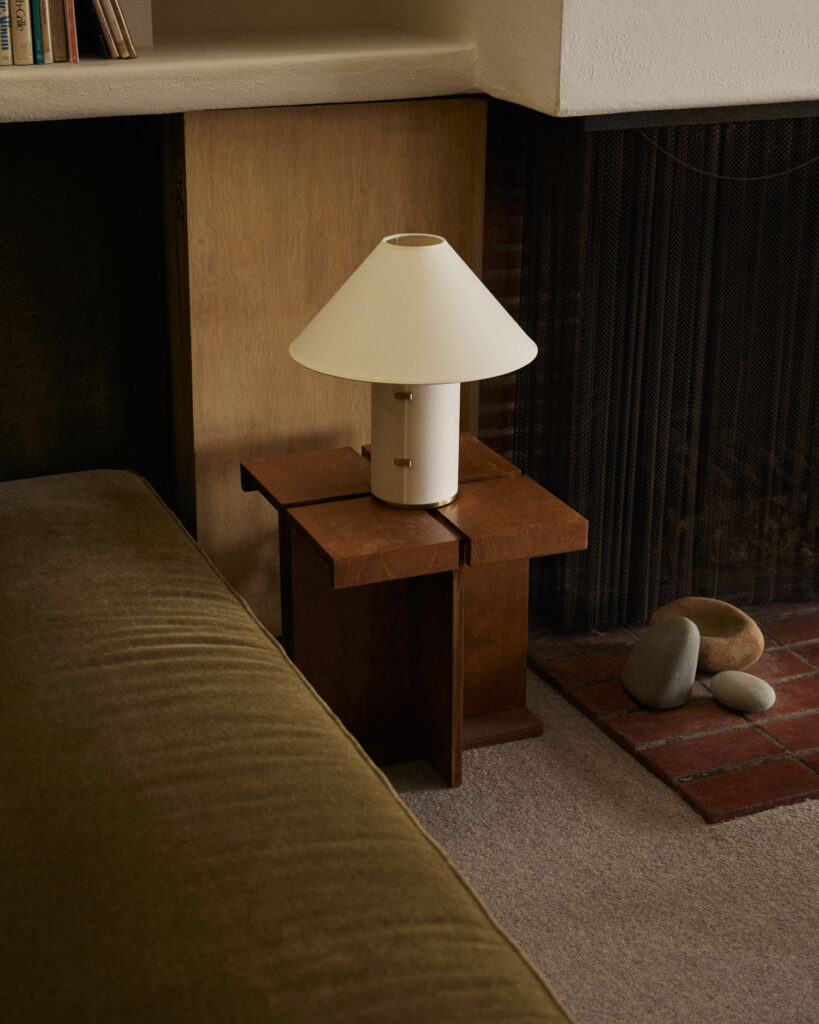
ID: Riffing off Proust’s famous questionnaire, what is your idea of total happiness?
CK: It’s always in the small things. I love waking in my home. I like going to get a cup of coffee in New York. It’s those really small moments that make me the happiest. But if I were to define happiness, it would probably be being content with what I have. Having all of the stuff that’s in front of me and just thinking, “This is good,” and not looking to the left or right. It’s the huge moments you think are going to bring you the most happiness, but it’s the little ones that actually do.
ID: There’s so many small moments in your vignettes that bring visual joy— there must be some kind of parallel there! You’re known for a calming, deshabille, organic and quite neutral aesthetic. What is your relationship with color?
CK: I would say I’m respectful of color. I always want to be intentional about using color and not have it be too frivolous. I love using dark, rich hues. My bedroom is a deep brown, and my bathrooms are deep colors that envelop you (one is London Clay from Farrow & Ball), and I painted the ceilings too. A lot of my design is zero to a hundred: when I do use color, it’s in a really big way, covering every surface like with my bedroom, for example, where every surface is one deep hue. I’m getting more curious about color as I go because I think as creatives, we’re always pushing ourselves and evolving. I think there’ll definitely be lot more color used in my work in the future.
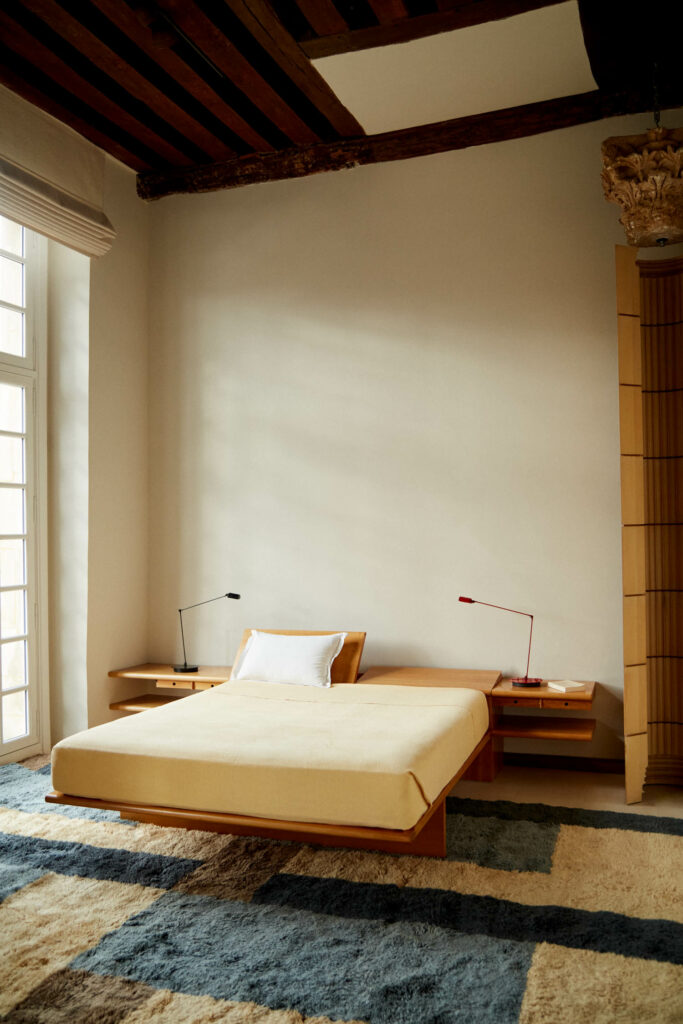
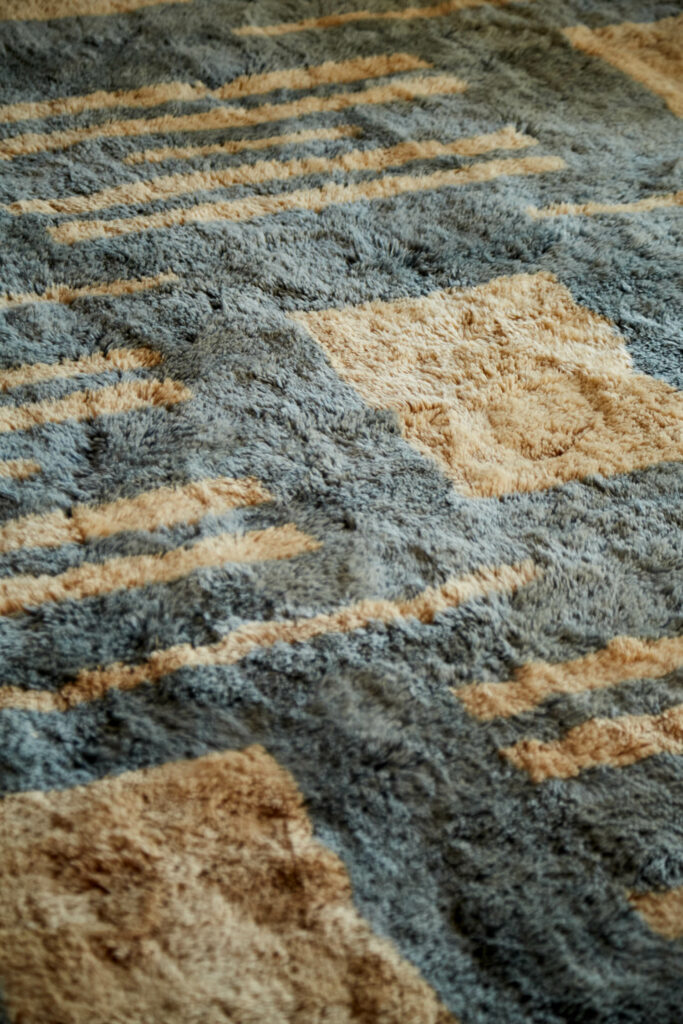


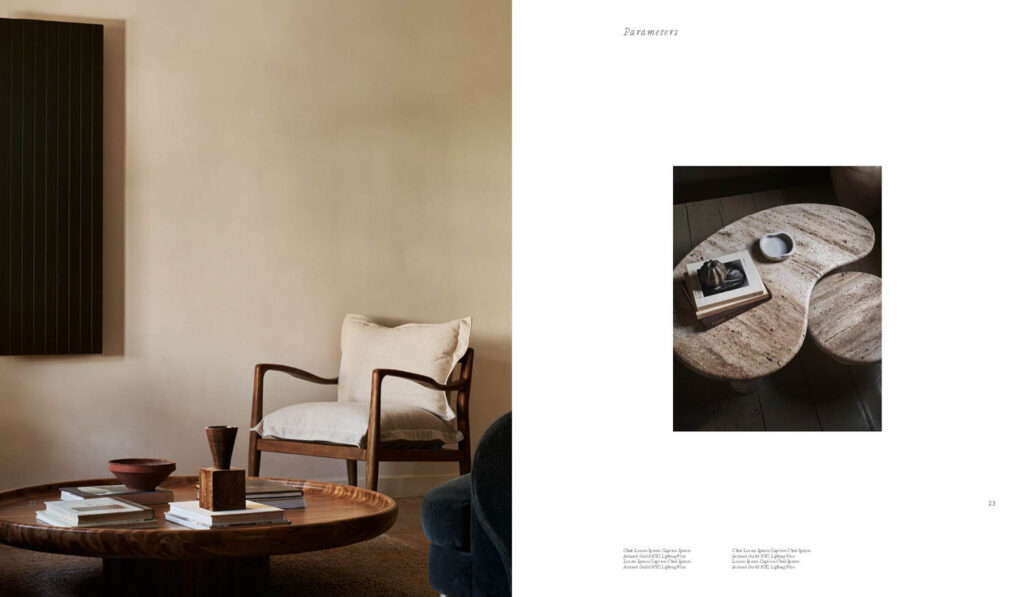
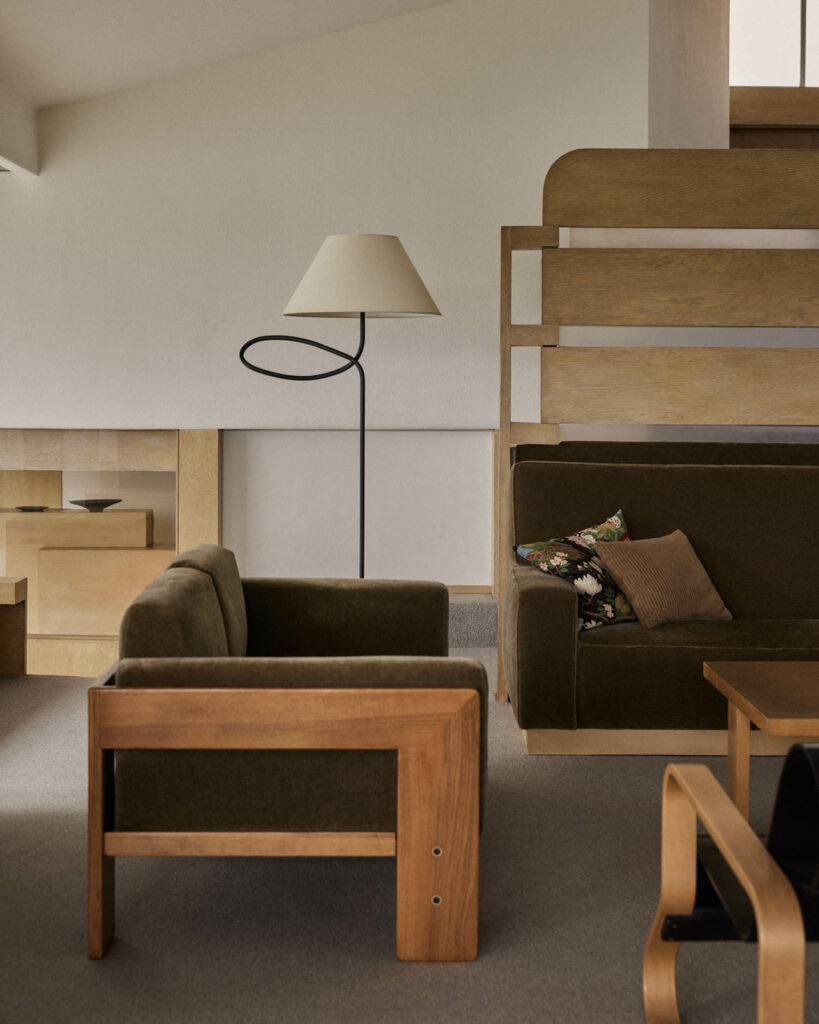
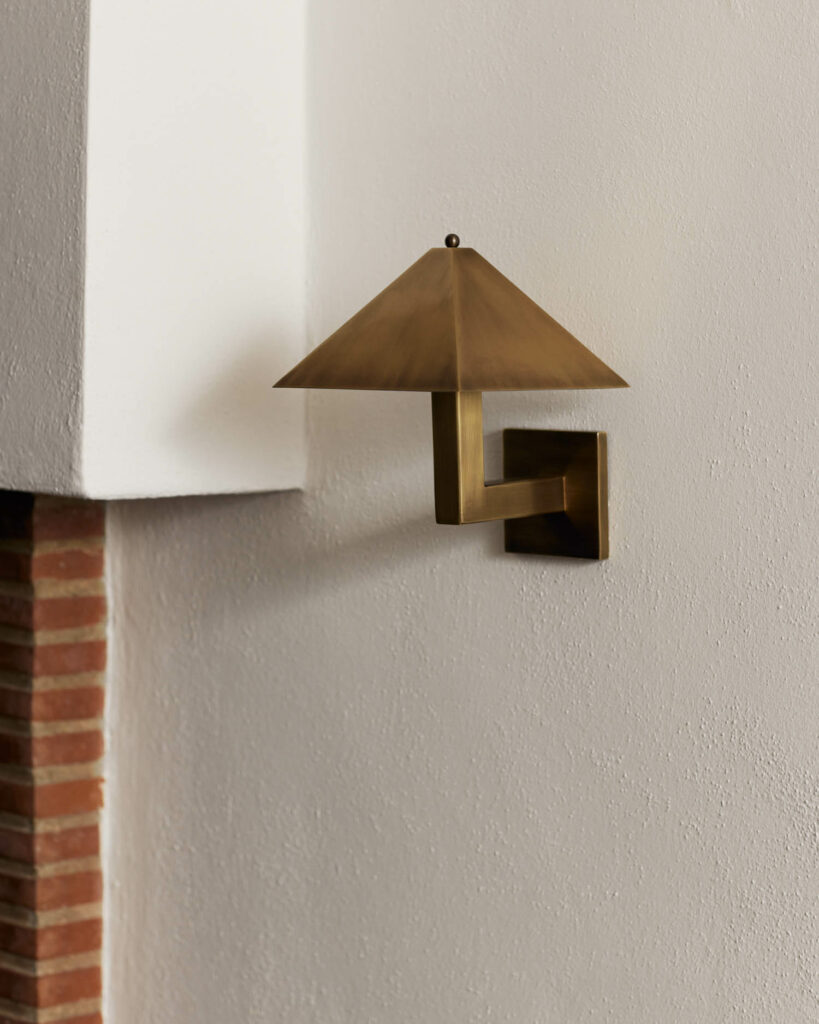
read more
DesignWire
Claudy Jongstra: 2022 Interior Design Hall of Fame Inductee
Dutch textile designer and artist Claudy Jongstra is inducted into the Interior Design Hall of Fame. See her impressive body of work so far.
DesignWire
10 Questions With… Alejandro Campos and Joel Rojas of Bandido
Cofounders of Mexico-based studio Bandido, Alejandro Campos and Joel Rojas, share their approach to innovative lighting design.
Products
Walk on the Wild Side With These Contemporary Floor Coverings
These bold, contemporary rug and carpet designs prove that interior design drama starts from the ground up.
recent stories
DesignWire
10 Questions With… George Yabu And Glenn Pushelberg
The cofounders of Yabu Pushelberg keep breaking new ground, expanding into product design and art consulting with work that connects on a human level.
DesignWire
3 Queer Makers Pushing The Boundaries Of Design
Follow queer makers Adam Chau, Cynthia Ugwudike, and Leilah Babirye and discover how they are using their works to tell stories of identity and creativity.
DesignWire
10 Questions With… Liz Collins
Brooklyn-based polymath Liz Collins reflects on her evolving fiber art practice ahead of her upcoming RISD Museum retrospective and monograph.
